History of my iris hill began as follows: Since 1995 I have been living in a Piedmontese area, which – in my opinion – is one of the most wonderful: Monferrato.
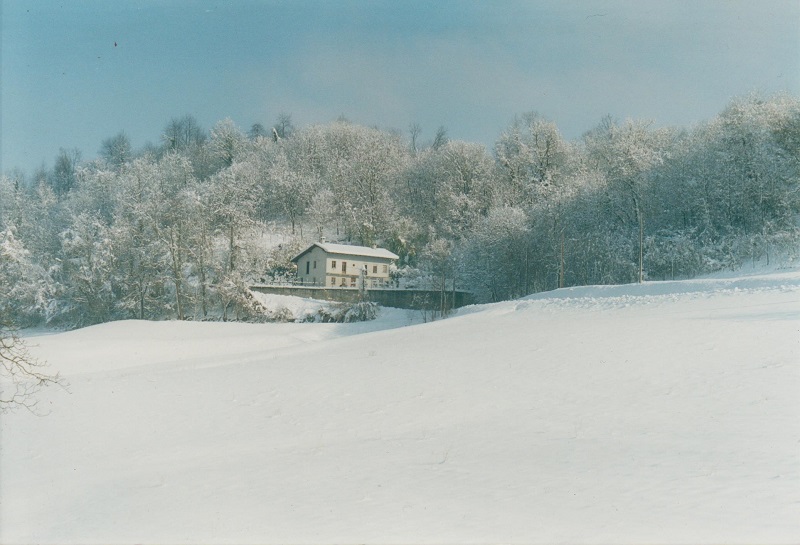
When I bought my house and I moved and lived in this fabulous scenario, I had few time to devote to the surrounding ground, because – in those days – I was not short of work. I could maintain the garden in front of my home clean and tidy, but nothing more. So what initially was a well-tended orchard surrounded by a well-cleaned wood gradually became a thorn-bush. I was very disappointed by such a neglect.
Like many beautiful things, my iris hill was born from a negative experience and even from fortuitous circumstances. In 2012 I was forced to close my translation sole-proprietorship because of a relevant work reduction, and I had more time available. Therefore I decided to bring secateurs, sickles and rakes, and I began to clear the area surrounding my home.
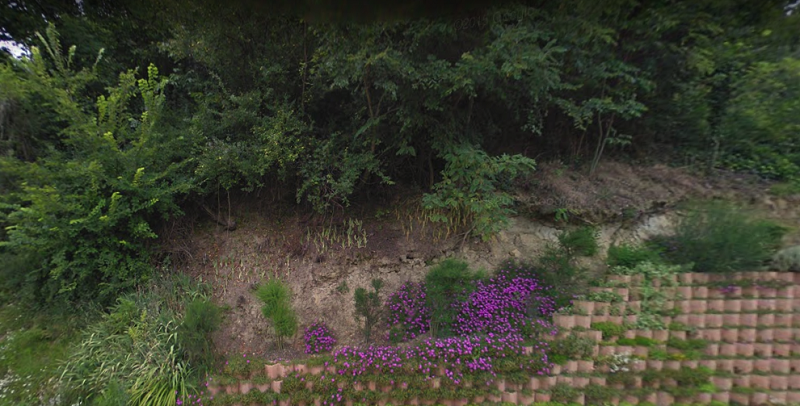
In 2010 I read in a gardening magazine (Vita in campagna) an article, who spoke about an international-level hybridizer, who lived few miles far from my village, i.e. in Gabiano (province of Alessandria). It was May, but that year rain was incessant. It was not possible to work in the garden five minutes long without having to stop to shelter from the storm. Affected by a tremendous discouragement, I jumped in my car and, without any preventive phone call, I went to look for him. Unfortunately I did not found him, but I found the area, which at that time was his “representative field”. I shall never forget that experience.
The sky was grey, drizzle fell incessantly, but – when I got out of my car, and I went near the fence to admire those endless rows of flowers, one different from the other – I was astonished, and understood that a boundless passion was born in me for those plants, called after the Greek goddess, personification of rainbow.
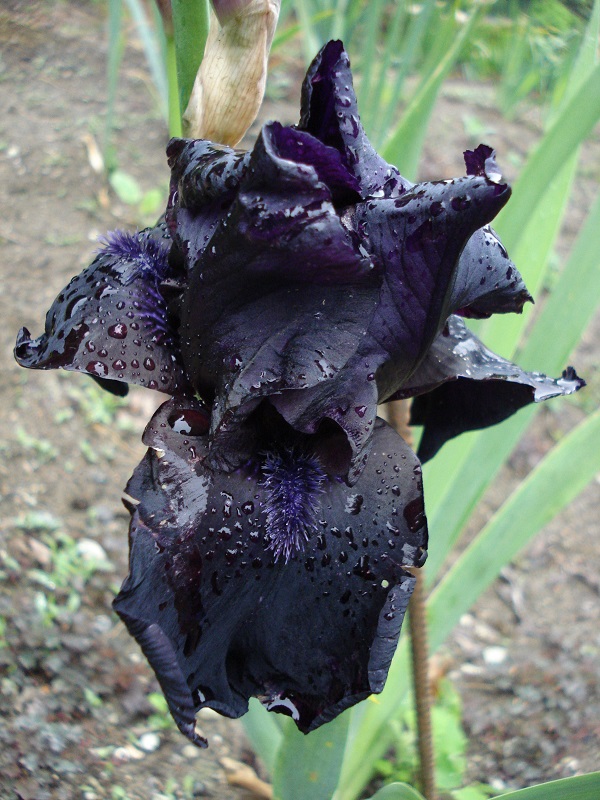
the tall bearded iris ‘Before the Storm’
In September of the same year, I ultimately succeeded in getting in touch with the creator of many such beauties: Augusto Bianco of the company Iride, and I ordered my first iris ‘Before the Storm’. I was looking for an almost black iris, and this was the darkest in his catalogue 2010. I bought 5 of them: one for me, one for my mummy (a great iris lover too), and 3 for a special friend.
Obviously, on that occasion, I had no opportunity to see blossoming iris, because the season was over long time ago, but Mister Bianco took me to see the other fields, he cultivated, (thousands upon thousands of plants arranged in neat rows, which I already imagined during the flowering season), and we agreed to meet next spring, when colours of all that beauties would have exploded.
So, next year, together with my mummy, we came back to those fields, and – with many difficulties due to unavoidable exclusions – we succeeded in deciding which varieties to order. Starting from 2011 onwards, we have always ordered different varieties, in order to be able to exchange them between us, when they could have been divided.
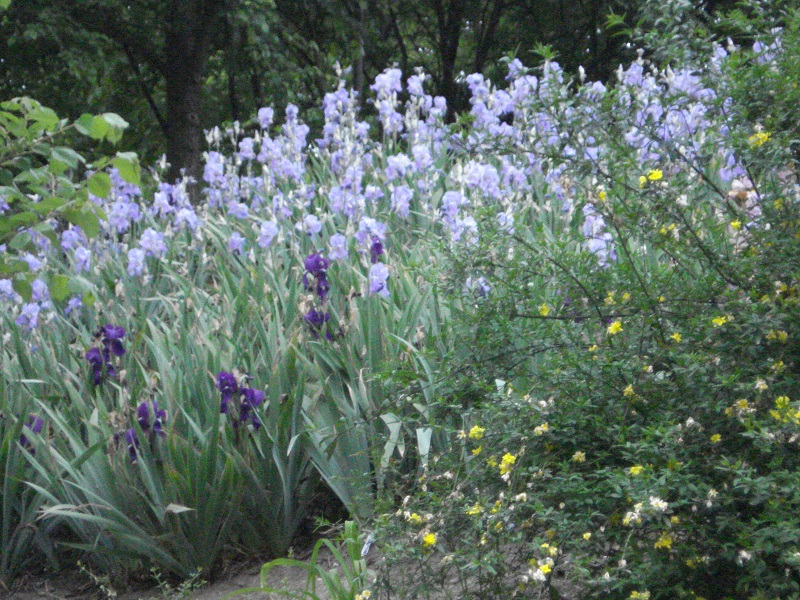
Next spring, in May, when irises from first order blossomed, I was breathless. Seeing them in my garden in their full magnificence was the fulfillment of a long-held dream of mine, but bad luck (or better my inexperience) struck me hard. After flowering it started pouring down rain for several days. One of the few, but fatal, adversities of irises is water stagnation. I prepared a raised flowerbed for them, but it was located at the base of a slope, and the water stopped flowing near the flowerbed. And as a result, at the beginning of June rhizomes of my gorgeous creatures began to rot. What to do? I went wrong again, and decided to dig up iris rootstocks and to put them in pots. The scorching summer decimated my beloved plants by drying them to death.
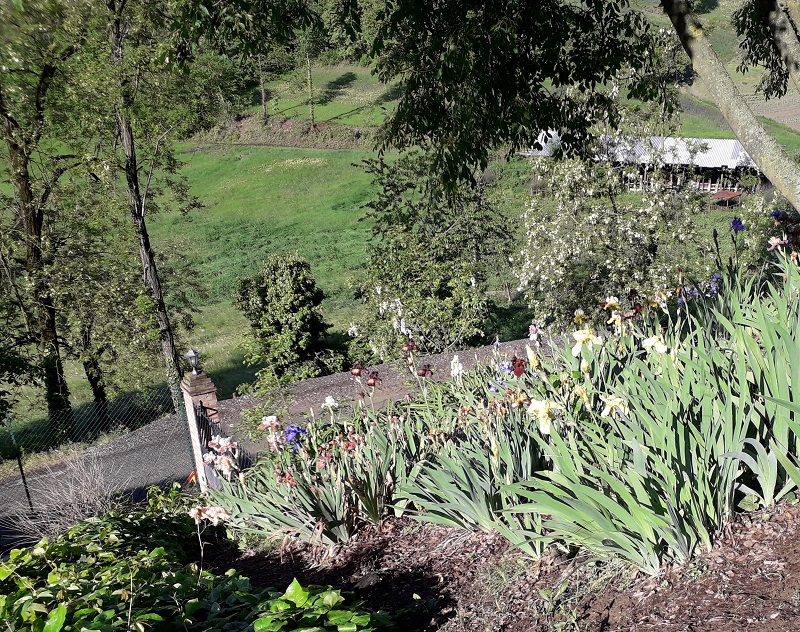
It was summer 2012, my work was considerably decreasing (in fact I closed my business at the end of the year), and I began cleaning out the wood surrounding my house. This area is a steep slope, and therefore it is very suitable for irises for two reasons: at first water stagnation can be avoided, and then drops, falling during the rain, bounce away from plants avoiding leaf contamination by spores of possible fungal diseases (but I would have found out that only in a second time thanks to contact with real experts).
So my iris hill (“La collina delle iris” in Italian) has born. From that year on I have always ordered new varieties from the company Iride, and many other iris nurseries, I planted the irises ordered in previous years by my mummy, which in the meantime had reproduced, and I exchanged them with friends, till I reached approx. 2200 clumps including more than 1000 varieties.
Every variety is provided with the label with its name, but not all are registered. Some are historical irises (i.e. they have resided in my grandmothers’ gardens for many years), the identification of which is not sure.
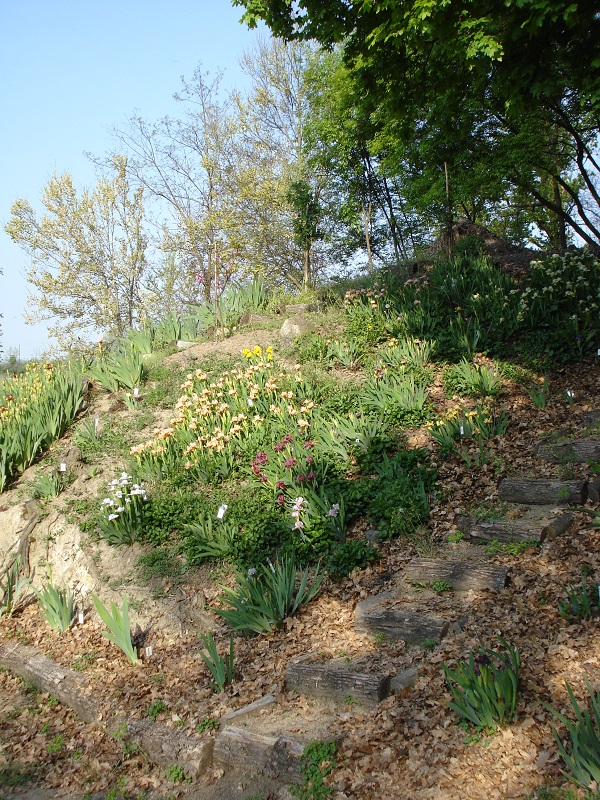
In August 2018, it was necessary to rearrange plants, in order to make room for new ones. This is the reason why this site was born. Throwing iris rhizomes away is against my principles. Some are nameless, others are registered varieties, but I think that something, which is no longer needed by someone, can be useful to another. At the same time, someone else might have exceeding rhizomes, and the exchange could be favourable for them both.
My iris hill included already the “Dwarfs Little Place” (in partial shade, because these varieties well tolerate less sunny places), and now a new area was created: the “Historic Iris Valley”, where all these varieties have been planted. In January 2018 two high plants were cut down (indeed they were very dangerous because located at roadside), in order to give light to this new planting site, and on August all rhizomes have been dug out, divided and planted again in the valley dedicated to them. Many other registered varieties had to be repositioned as well, and they have been exchanged among lovers of this flower, which gives us ever new colours and emotions.
In subsequent years exchanges and purchases went on with the aim to enlarge the collection of those wonderful plants.
When this site was launched, in May 2018, my iris hill accomodated about 810 iris clumps including 340 different varieties. Now 2200 clumps and 1000 varieties have been exceeded.
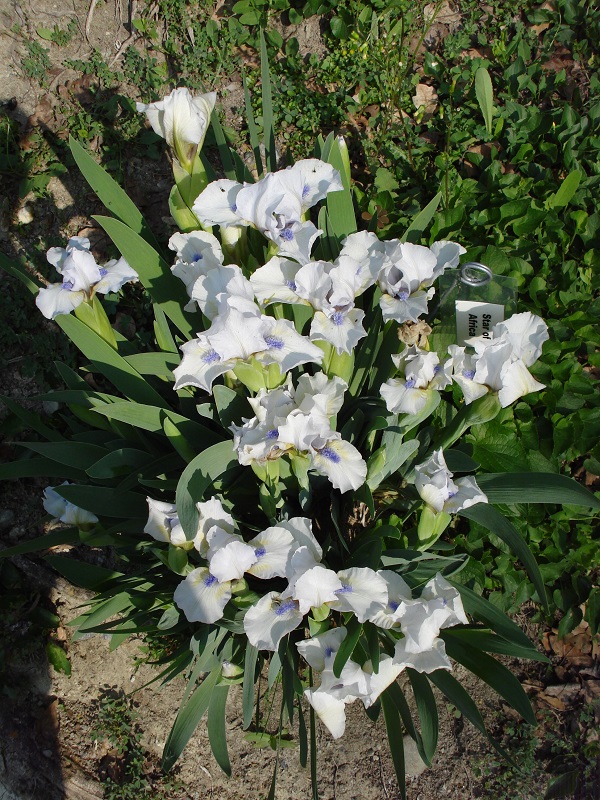
You will find most of them in the Gallery (sorted by class, hybridizer and year of registration): 676 are tall bearded irises, 20 are border bearded ones, intermediate bearded irises are approx. sixty, and standard dwarf bearded ones almost 200; then there are approx. 20 species irises, 15 arilbreds, 10 miniature tall and 10 miniature dwarf bearded varieties.
The remaining ones are nameless irises. I know that they have been registered, but their label got lost, or they have been in possession of my family for many years without ever being able to identify them.
I was often asked whether it was possible to purchase rhizomes instead of exchanging them. From March 2022 it is possible not only occasionally. Irises will be delivered with Plant Passport complying with regulations in force, so they can be exported to all countries of the European Union.
If you are interested in exchange or purchase, refer to page “Available irises”, where you will find the list of the varieties, which are ready to leave my iris hill to find a new place in your garden!!!
